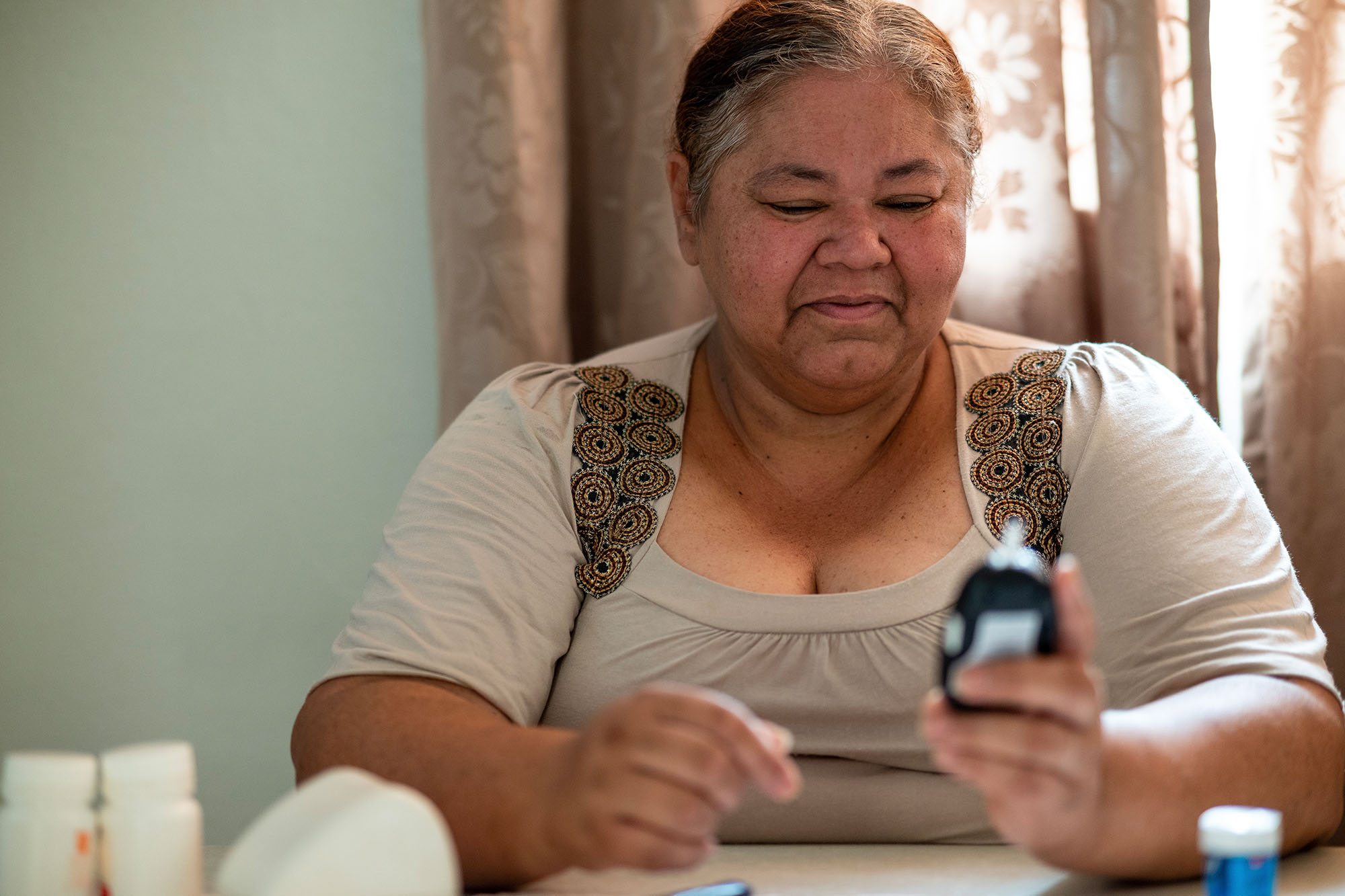In May, the Trump administration announced it was considering changing the way the federal poverty line is adjusted annually for increases in cost of living. It is seeking public comment until June 21, 2019. The alternatives it is considering could take away Medi-Cal eligibility for tens of thousands of Californians, reduce subsidies for more than one million Californians with subsidized insurance from Covered California, and reduce the number of people eligible for dozens of other programs, including CalFresh. The Center on Budget and Policy Priorities estimates that nationally, millions of people could lose or see reductions in their benefits.
Currently, the federal poverty line is adjusted each year according to the growth of the Consumer Price Index for All Urban Consumers (CPI-U), which measures the price level for goods and services purchased by residents of urban or metropolitan areas. The Trump administration is considering using the Chained Consumer Price Index for All Urban Consumers (Chained CPI-U) (PDF), which tries to take into account changing purchasing decisions caused by price increases.
Continue reading this article at the UC Berkeley Labor Center site. Members of the public may comment on the proposed changes on the Federal Register.
Authors & Contributors

Ian Eve Perry
Ian Eve Perry is a research and policy associate at the UC-Berkeley Labor Center focusing on low-wage and health care policy research. Prior to joining the Labor Center, Ian worked as a research assistant at Massachusetts Institute of Technology focusing on the design and implementation of the Affordable Care Act, and for an economic consulting firm.
Ian received a bachelor’s degree in economics from Harvard University and a master of public policy degree from UC Berkeley.





